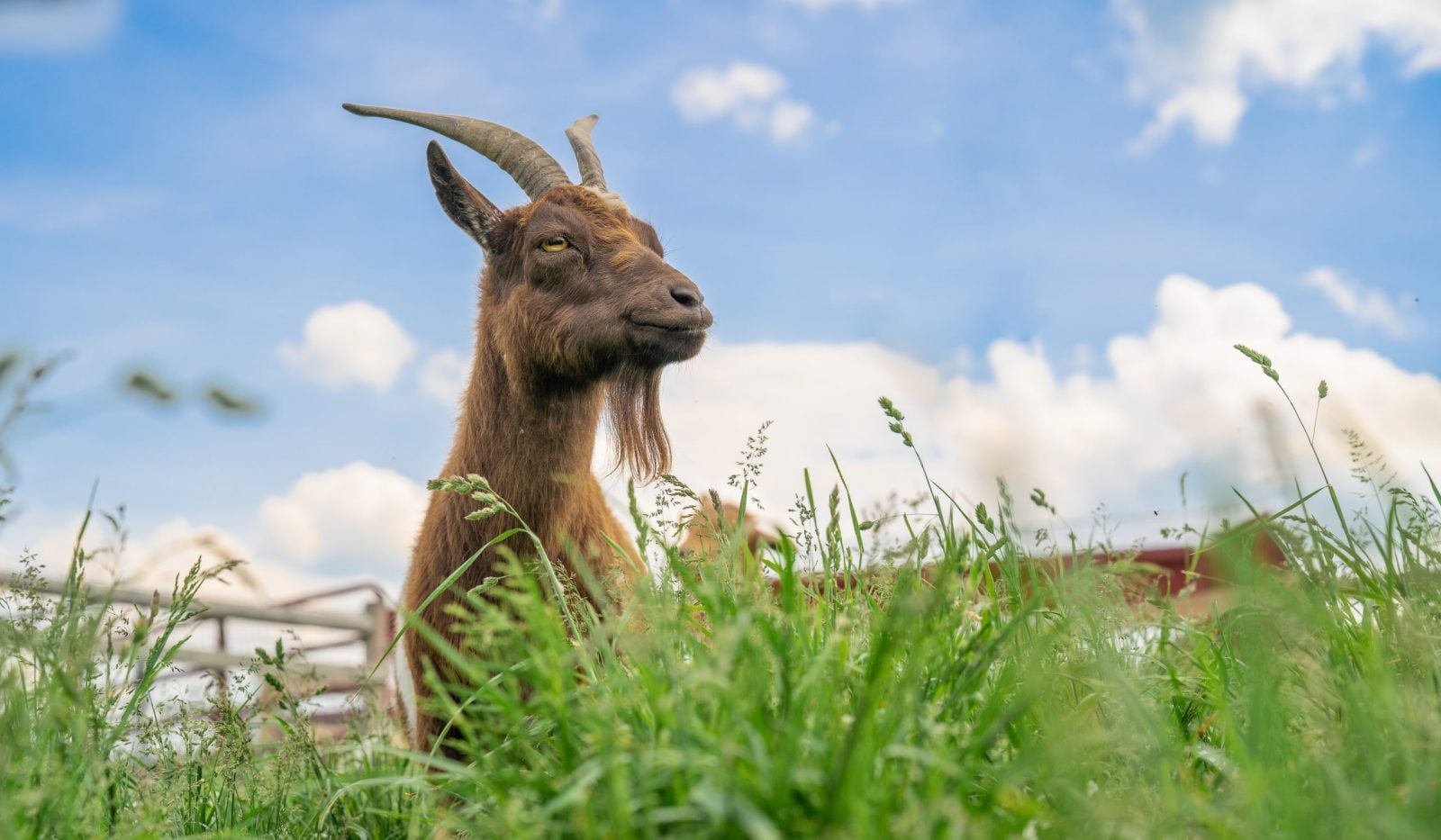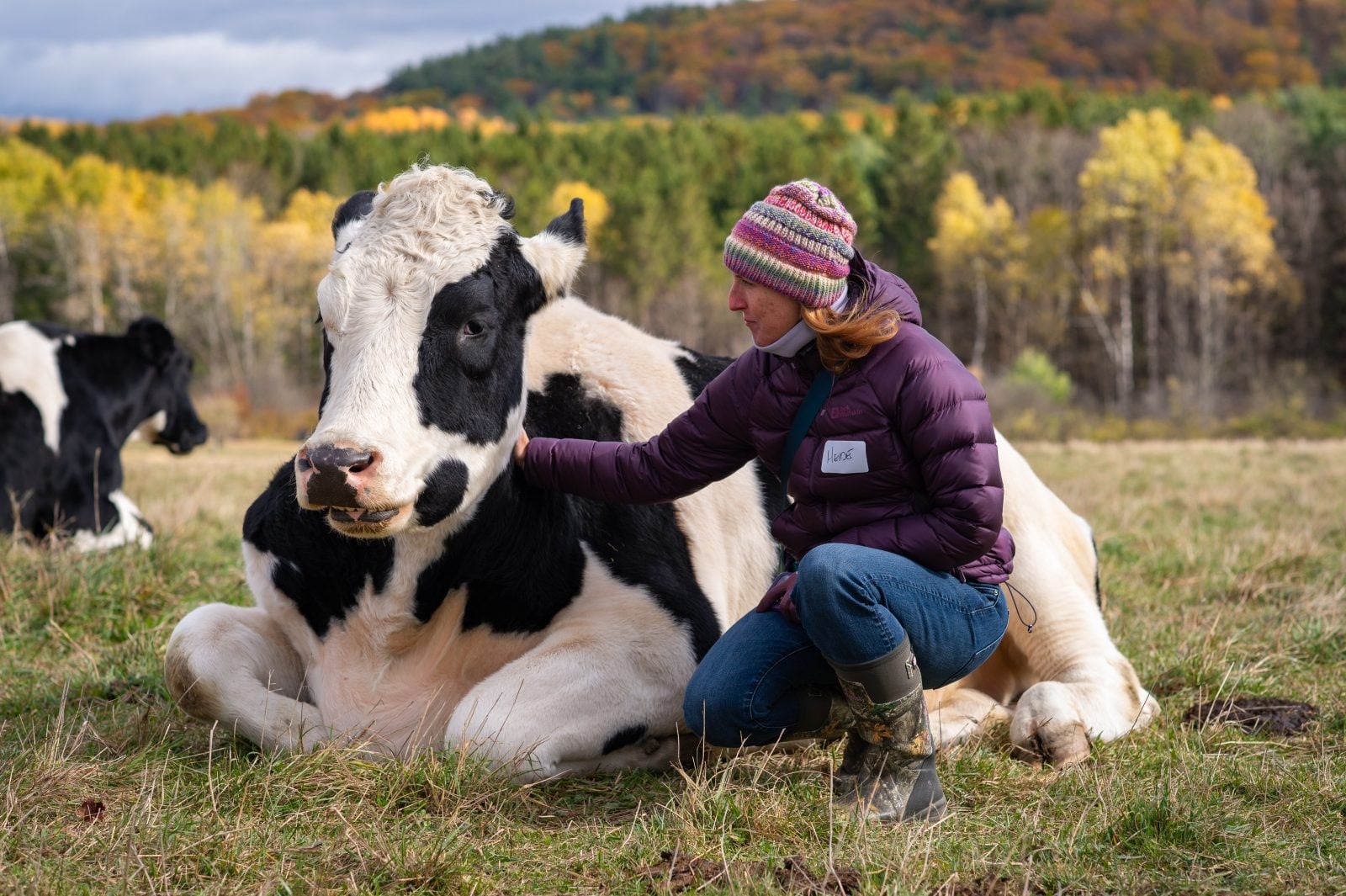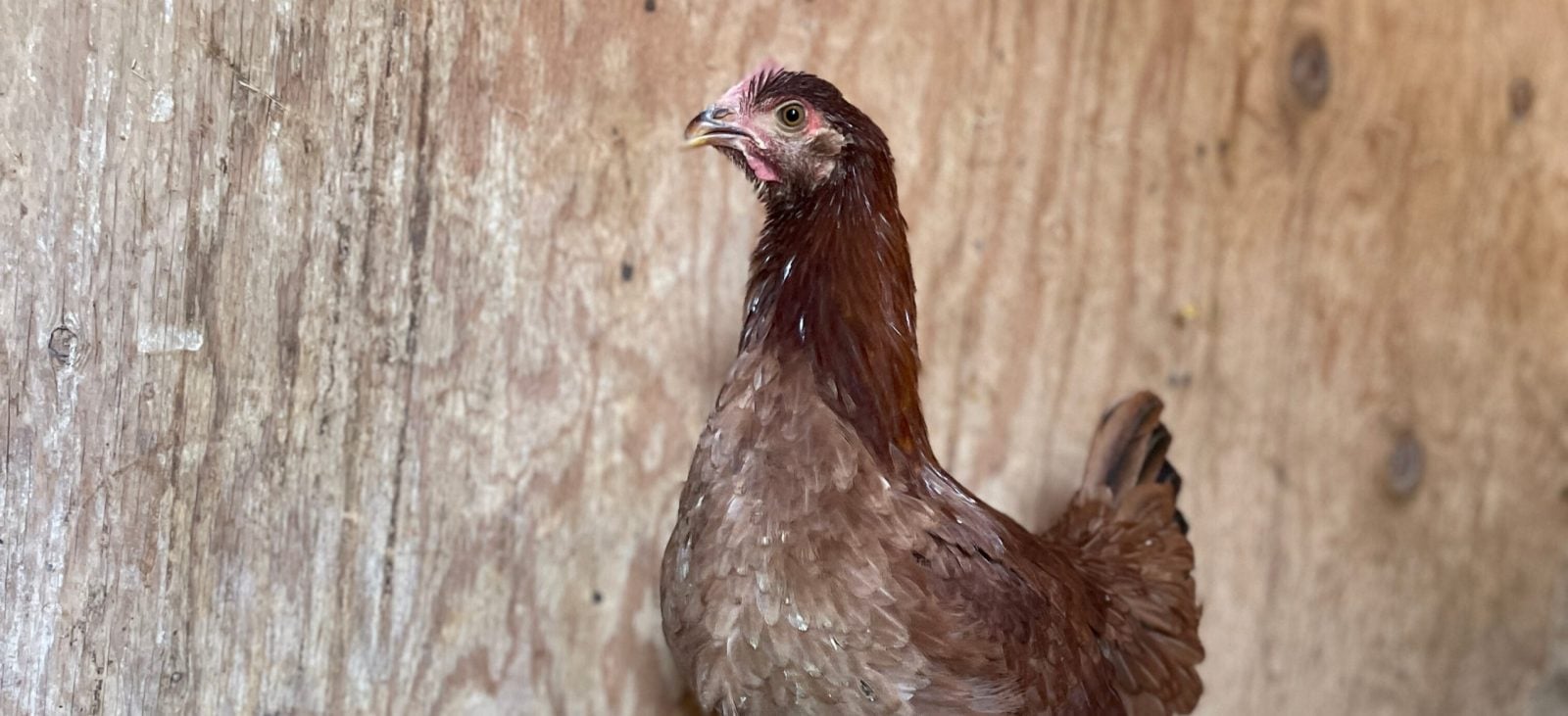The two are descendants of the donkeys who were used to transport people and supplies through rough terrain in the American West. Today, many wild donkeys like Patsy and Dolly find themselves homeless in the landscape where their ancestors labored.
Patsy and Dolly: Wild Donkeys Find Permanent Refuge

Patsy and Dolly: Wild Donkeys Find Permanent Refuge
Patsy and Dolly arrived at our shelter in Acton, CA, this May. These wild donkeys were captured last spring from a Native American reservation south of Needles, CA, and spent a year in a Bureau of Land Management (BLM) facility.

Pioneer Days
Like the flock of sheep we rescued from Santa Cruz Island in 1997, Patsy and Dolly’s ancestors were first exploited by settlers and then persecuted by them.
As relayed by the Platero Project, a program devoted to humane and sustainable approaches to the management of wild burros (another name for wild donkeys), donkeys were used as pack animals by nineteenth-century prospectors. Over the years, donkeys who escaped or were turned loose formed wild herds. Ranchers began to see these populations as competition for grazing resources, and a decades-long campaign of hunting, slaughter, and brutal treatment ensued.
The Crowded West
In 1971, Congress designated wild burros and horses as “living symbols of the historic and pioneer spirit of the West.” Though this act officially put an end to the wanton killing of the donkeys, it didn’t solve the problem of conflicts between populations of donkeys and the humans who wanted access to the same land. The BLM management regime that was eventually instituted relies on round-ups of donkeys in areas deemed overpopulated, followed by the adoption or sale of the captured donkeys. Patsy and Dolly’s herd was captured at the request of reservation leadership, who informed the BLM that the donkeys were causing property damage and that two had been fatally struck on a public highway.
According to The Platero Project, adopters have been too scarce to accommodate the number of captured wild donkeys, and there are currently more than 800 wild donkeys in government holding facilities. The Platero Project recently reached out to us in its efforts to find placement for some of these animals — especially the ones deemed “un-adoptable,” who are sold by the BLM for $25 each.

Home on the Shelter
Patsy and Dolly are both 11 years old and recent mothers; each gave birth to a son about six months ago. Approximately a month ago, the young donkeys were weaned, separated from their mothers, and made available for adoption. Because of their age and temperament, Patsy and Dolly were categorized as “un-adoptable.” We decided to put them in a different category: Farm Sanctuary residents.
Though the two-hour journey to the shelter was scary for them, these close friends had each other for support. Here at the shelter, they are curious about the nearby cow herd and have met these new neighbors over the fence. Bold and formidable, the donkeys will help the cows keep coyotes off our shelter grounds.
Patsy and Dolly are still wary of humans, but thanks to their love of carrots — and a lot of patient work by staff members — they are now willing to take these treats from our hands. Patsy will even allow caregivers to pet her muzzle while taking a treat. The Platero Project will also be putting us in touch with a “gentler” who is experienced with wild donkeys.
The pair’s new range isn’t the Wild West, but it is, finally, a home. Here they are understood not as beasts of burden, pests, symbols, or management problems but simply as themselves: Patsy and Dolly, two friends who belong here.





